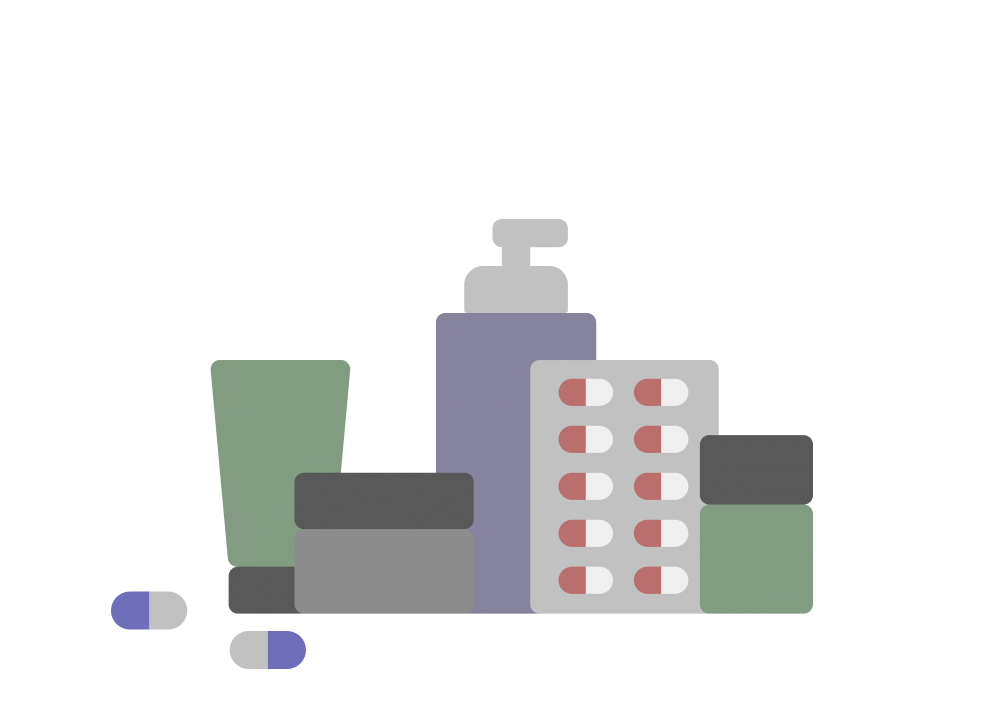
Cefmax DS Syrup
Manufacturer
Max Life Science
Salt Composition
Cefpodoxime Proxetil (50mg)
Key Information
Short Description
Cefmax DS Syrup is an antibiotic medicine used to treat a wide range of bacterial infections in children, including ear, eye, nose, throat, lung, skin, gastrointestinal tract, and urinary tract infections, as well as typhoid fever.
Dosage Form
Syrup
Introduction
Cefmax DS Syrup is an antibiotic medicine commonly given to children for the treatment of a wide range of bacterial infections. It is effective in treating infections targeting the ears, eyes, nose, throat, lungs, skin, gastrointestinal tract, and urinary tract. It is also used to treat typhoid fever in children and adolescents.
Directions for Use
Give this medicine with food to avoid an upset stomach. Encourage your child to drink plenty of water in case diarrhea develops as a side effect.
How it works
Cefmax DS Syrup is an antibiotic that works by preventing the formation of the bacterial protective covering (cell wall) which is essential for the survival of the bacteria. By doing so, this medicine stops the infection-causing bacteria from growing further and prevents the infection from spreading without making the bacteria resistant to further treatment.
Quick Tips
Your child must complete the entire course of antibiotics. Stopping too soon may cause the bacteria to multiply again or become resistant or cause another infection. Only give Cefmax DS Syrup to your child for their current infection. Never save medicine for future illnesses. Stop this medicine and immediately report to your child's doctor in case your child develops an itchy rash, facial swelling, or breathing difficulties while taking this medicine. Conditions like common cold and flu are caused by viruses. Never use this medicine for such conditions.
Related Medicines

Kifacef 50mg Syrup

Terrific O Syrup

Cpod 50mg Syrup

Cefpodox 50mg Syrup

Pmpod 50mg Syrup

Wypod 50mg Syrup

Podvac 50mg Syrup

Cedon P 50mg Syrup

K Cepo 50mg Syrup

Podotel 50mg Syrup
Frequently asked questions
What if I give too much of Cefmax DS Syrup by mistake?
Giving an extra dose of Cefmax DS Syrup is unlikely to cause harm. However, if you think you've given too much to your child, contact a doctor immediately. Overdose can result in unwanted side effects and might even worsen their condition.
Are there any possible serious side effects of Cefmax DS Syrup?
Possible serious side effects include persistent vomiting, kidney damage, allergic reactions, diarrhea, and severe gastrointestinal infections. Always consult your child's doctor in case of these complications.
Can other medicines be given at the same time as Cefmax DS Syrup?
Cefmax DS Syrup may interact with other medications or substances. It is crucial to inform your child’s doctor about any other medications they are taking before starting this treatment. Always consult with a doctor before administering any medicine to your child.
Can I get my child vaccinated while on treatment with Cefmax DS Syrup?
Antibiotics usually do not interfere with the ingredients in vaccines or cause a bad reaction in a child who just received one. However, children taking antibiotics should not be vaccinated until they recover from the illness. Once your child is feeling better, the vaccine can be administered.
Which lab tests may my child undergo while taking Cefmax DS Syrup on a long-term basis?
The doctor might prescribe periodic kidney function tests and liver function tests to monitor your child's condition during prolonged treatment with Cefmax DS Syrup.
The mucus coming out of my child’s nose is yellow-green. Is it a sign of a bacterial infection?
Yellow or green nasal discharge does not always signify the need for antibiotics. During common colds, the mucus thickens and changes color from clear to yellow or green. These symptoms usually subside within 7-10 days.
My child is having a sore throat and ear infection. Can I give antibiotics?
No. The vast majority of sore throats and ear infections are caused by viruses, and antibiotics are not used for viral infections. If your child has a sore throat, runny nose, barking cough, pain, and discharge from the ear, it is most likely caused by a virus. Consult your child’s doctor for proper guidance.
Does a common cold caused by viruses always result in a secondary bacterial infection? When to start an antibiotic to prevent infection?
In most cases, bacterial infections do not follow viral infections. Using antibiotics to treat viral infections may have no effect and might cause side effects without improving your child’s health. Consult your child's doctor before using antibiotics.
Can Cefmax DS Syrup impact my child’s digestive system?
Children often experience a sensitive stomach while taking antibiotics, which may lead to diarrhea. Antibiotics can also disrupt the balance of good bacteria in their gastrointestinal tract, increasing the risk of other infections. In case your child develops diarrhea while on Cefmax DS Syrup, do not stop the medication course. Contact your child's doctor for guidance. The doctor might alter the dosage.
Can Cefmax DS Syrup lead to bacterial resistance in my child?
Yes, improper antibiotic use, repeated usage, and misuse of Cefmax DS Syrup can contribute to bacterial resistance. This means that resistant bacteria are no longer killed by antibiotics and may lead to reinfection.


